Photos of the wildflowers from the dunes of the Islands
By Alexander Verbeek, Director of Planet Sustainability + Culture at Kaleidoskope Travel

A New Journey that Unfolds
I try to fly as little as possible, but there are no realistic alternatives to get to Europe. So, a few days ago, I took a flight to the Netherlands. I arrived early in the morning at Schiphol airport in bright sunlight, which was bedtime for all those on board. In my mid-fifties, I find it harder to adjust to the time difference than it used to be in the days that I was regularly in NYC for UN-related meetings. I remember in those days that I just went home, took a shower, and went straight to the office. Instead, I went directly to bed this time, only to find out I couldn’t sleep.
A Nature Walk on the Island
Today was the first time I could take a few hours for a walk in nature. I love it to be back on ‘my’ island. Some of you may remember it from the fifty or so “Island Stories” that I wrote here last year about the history and nature of this island. So today, I went to the nature areas not far from home.
Walking to the west, I entered the ‘Zeepeduinen”. You will recognize the word dunes in the second part of the word. But the word “Zeepe” isn’t easy to understand even for native speakers of Dutch. Actually, English speakers may find it easier to understand what it means. Replace “zeep” for “seep,” and you get the idea. It refers to the water transfer from the higher dunes to the low-lying polders after the water seeps through the dunes. I don’t think any Dutchman would still see the linguistically old connection between “Zeepe” and the old Dutch verb “seepelen,” which we still know as the relatively infrequently used verb “sijpelen.” Perhaps our language is, in this case, easier understandable for foreigners than for native speakers of Dutch.
Wildflowers
I will write more about this beautiful area in these summer months because I hope to often return here between travels. But, for now, let me share a few photo impressions of today:

I love the wildflowers. Here are at least three easy-to-recognize ones. The blue cornflower is now endangered in its native habitats of European cornfields due to agricultural intensification and the increased use of herbicides. But since it is such a pretty flower, it is now increasingly used as an ornamental plant in gardens in the U.S. and Australia. A neat way to survive as the fittest, just by being pretty.

The white-yellow flower is wild chamomile. You may know it from chamomile tea or for its use against gastrointestinal problems and skin problems.
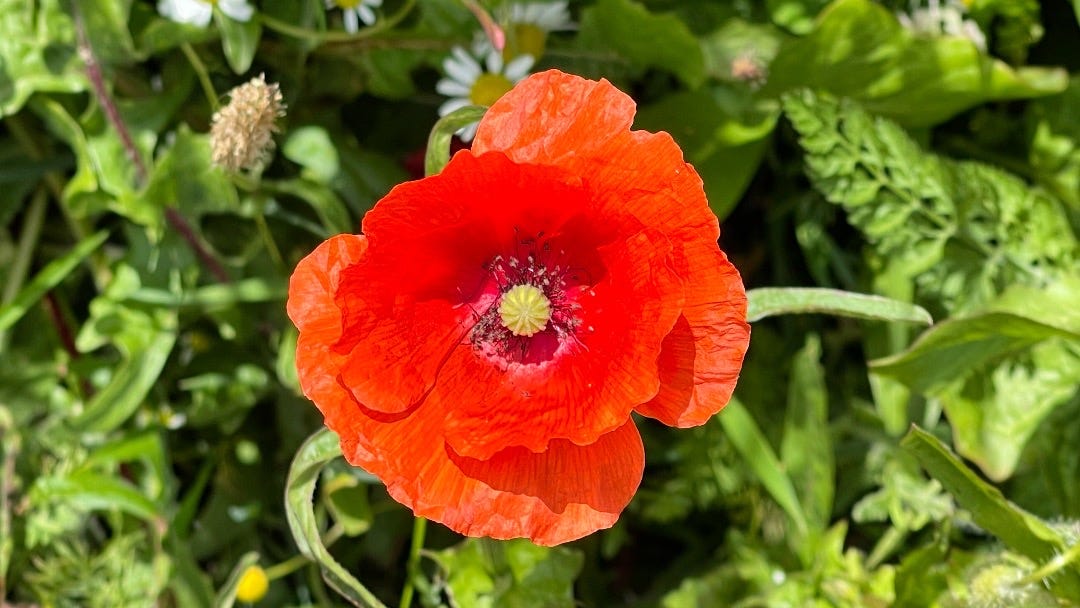
The red ones are, and you had already recognized them, poppies, more specifically corn poppies. The Papaver rhoeas, with common names as the common poppy, corn rose, red poppy, and, of course, the Flanders poppy, is part of the poppy family Papaveraceae. These will likely remind you as the symbol of remembrance of the fallen soldiers during the First World War. They provide color to the landscape, and Claude Monet must have loved them for that.
Claude Monet
If your first association with poppies is not the First World War, it may likely be the image of Monet’s wife Camile and their son Jean strolling through a field of poppies on a summer’s day. I assume this only because it is my first association whenever I see poppies blooming.

I wonder if I am the first to connect Monet’s painting to the opening shots of the Little House on the Prairie. I just searched on the internet but couldn’t find anything: here are both images, in terrible quality, but it gives the idea. Do you see what I mean?
Please subscribe to this newsletter if you would like to follow and support my travel and stories.Subscribe
Or you can buy me a coffee ☕️ Via this link:
If you want to buy me a coffee
Subscribe to The Planet
By Alexander Verbeek 🌍 · Hundreds of paid subscribers
Ready for more?
Subscribe© 2022 Alexander Verbeek 🌍Privacy ∙ Terms ∙ Collection noticePublish on SubstackGet the appSubstack is the home for great writing
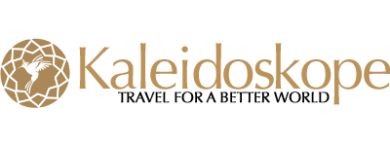
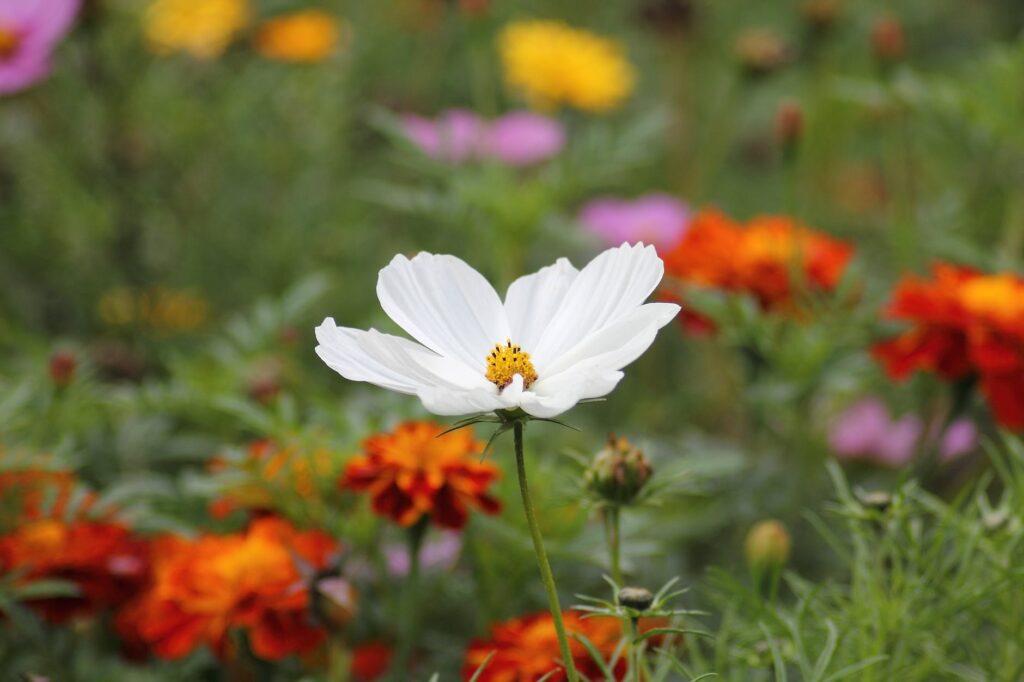
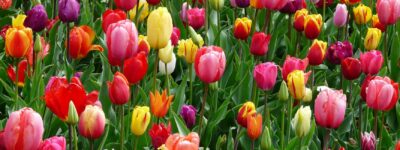
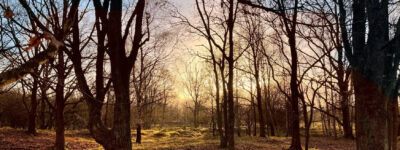


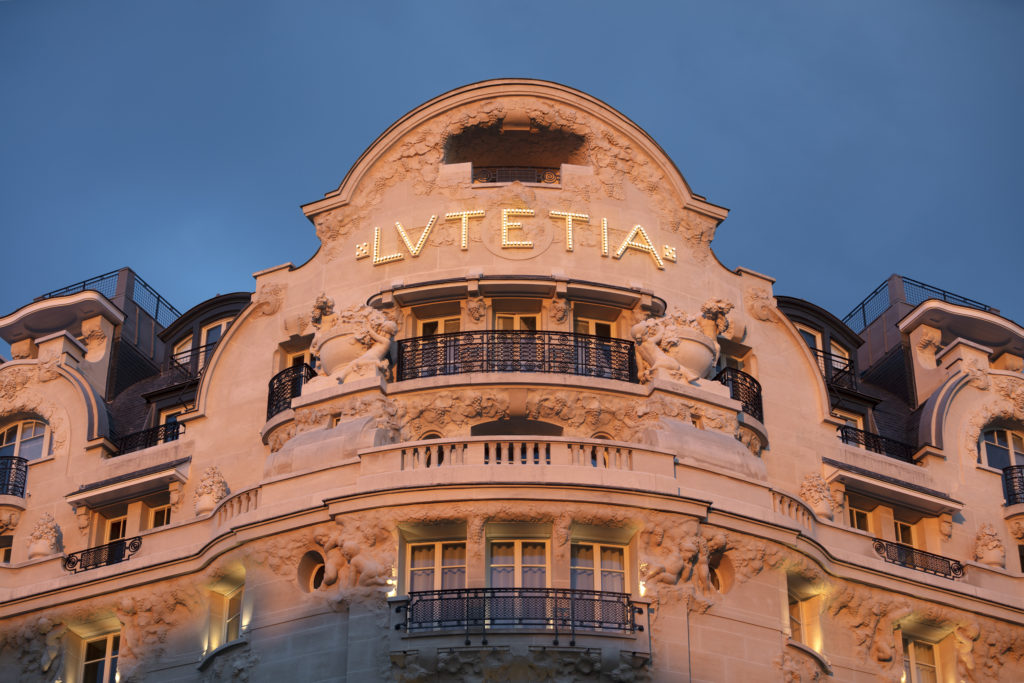
Beautiful! Lovely photos, great article.